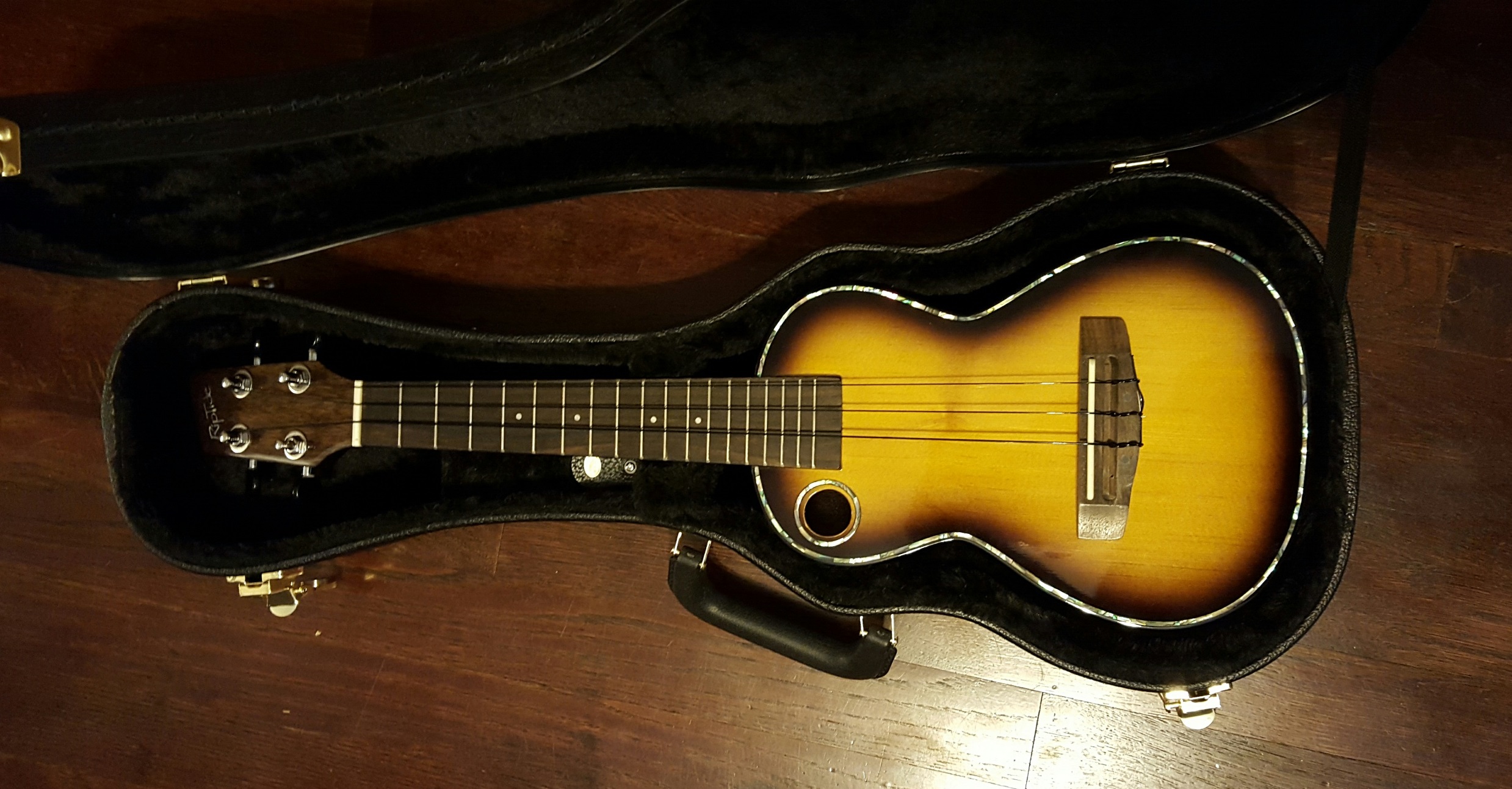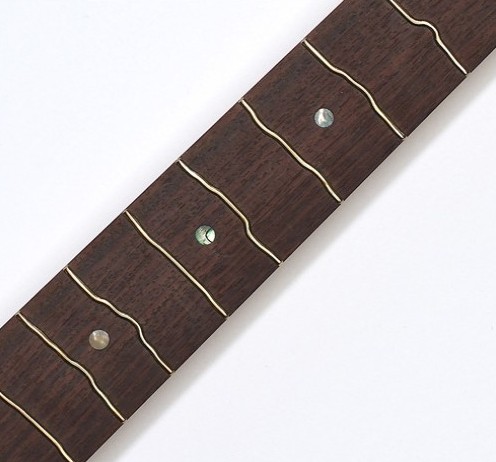Dec.13th, 2014 San Gabriel Valley-Los Angeles Dulcimer Club Starting Up
General mountain dulcimer or music discussions
Gregg, I certainly urge you to do this, for I did the same thing about two years ago after the Redwood Dulcimer Day in Santa Cruz. I started with a list of 5 or 6 people in the Sacramento area, and that list has now grown to almost 40. We have met once a month for two years now, and we've never had fewer than six show up.
I do have three pieces of advice. First, I suggest removing your phone number from the announcement above. There are spambots that troll the internet for such personal information. If people "friend" you and then send you a personal message, you can share that kind of info privately.
Second, start a discussion in the California Dulcimer Dreamin' group here at FOTMD. Obviously, the folks there will be more likely to be interested than will other FOTMD members from around the country, and if you poke around the discussions there you might be able to target some folks yourself.
Third, if at all possible, start a website. I started one about 18 months ago for my Sacramento Group, which you can see at www.rivercitydulcimers.com . You can start it for free and then later decide if you want to "upgrade" to a paid account. In your case, you will want a home page that has all the key words like "dulcimer," "psaltery," "Los Angeles," "Southern California," "San Gabriel" and whatever else you can think of. That way a dulcimer or psaltery player who does an internet search will be able to find you. And add a page where people can contact you with their email address. I average about one interested person a month who wants to join (although often they initially inquire about getting lessons). That may not seem like a lot, but over the course of several months it adds up and helps make a fledgling group more viable.
I have other advice, too, about how to make your gatherings interesting for both beginners and advanced players, but you may have experience running such groups, so I'll shut up for the moment.
Finally, let me offer that I met you a few years back at the Harvest Festival (the year Aaron O'Rourke was there). I believe you and Leo were co-leaders of the jam circle that afternoon. Both of you did a great job helping new players gain the confidence to call out a song since you were there to bail them out if they got stuck and needed someone to lead. That experience also gave me a lot of confidence, for I learned that I already knew about half the songs that were played and I was able to just follow along and play chord backup for the rest. I never had the chance to thank you or Leo, but I really appreciate the knowledgeable but friendly way you guys ran that song circle.
I hope you manage to start a nice group. In addition to my group in Sacramento, there are regular dulcimer gatherings in Berkeley/Oakland and Santa Cruz. It would be nice to have a string of groups in Cali and perhaps we could entice some great players to come through and do a California tour, visiting each of our groups for a workshop or house concert.
Best of luck!


